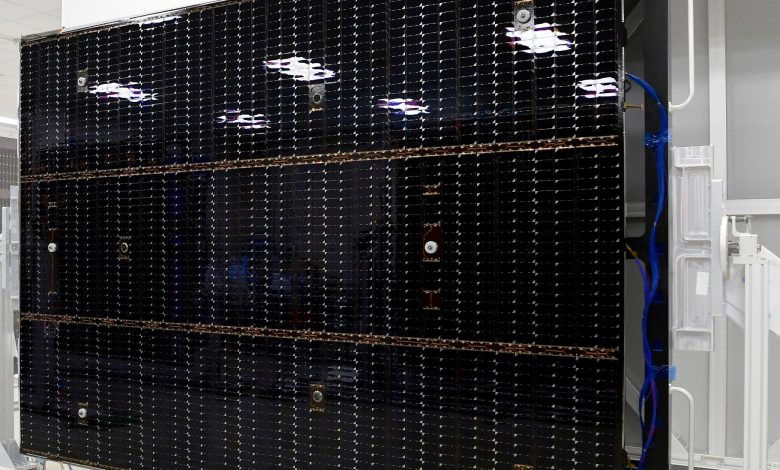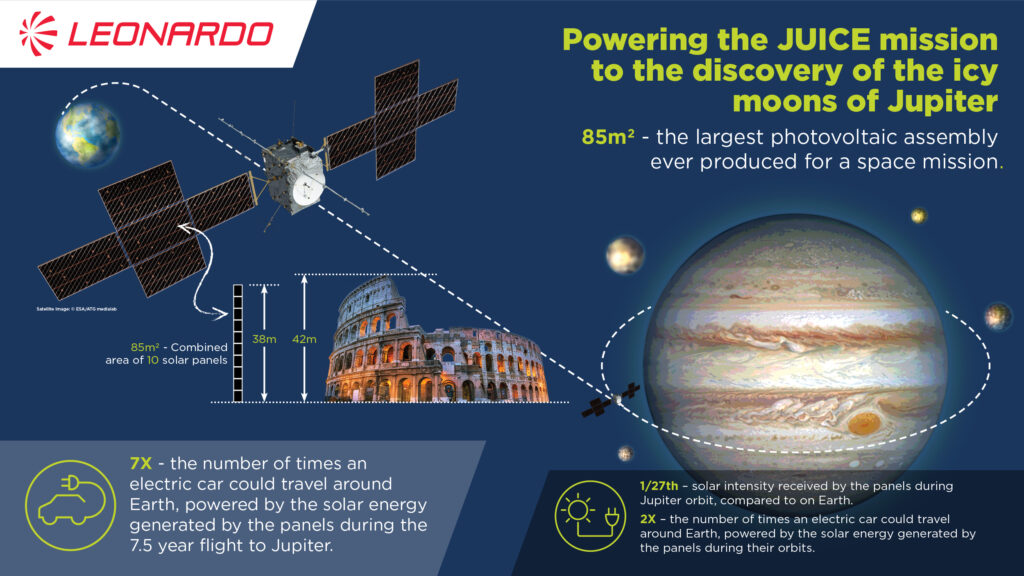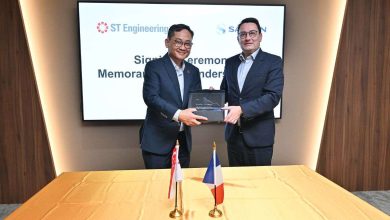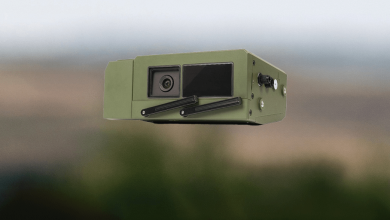
Leonardo Unveils Largest Solar Panels Ever Created for Groundbreaking Interplanetary Mission
- Another achievement for Leonardo, following the landmark of photovoltaic cells created for the Rosetta project
- Ten solar panels will travel with JUICE’s spacecraft to explore potential oceans concealed beneath the surfaces of Jupiter’s frozen moons
- Photovoltaic cells symbolize one of Leonardo’s primary strengths, affirming its prominence in the advancement of intricate technologies for space exploration
The ten solar panels for the JUICE mission (JUpiter ICy moons Explorer) are prepared. JUICE is the most ambitious initiative of the Cosmic Vision space program from the European Space Agency (ESA), in which the Italian Space Agency (ASI) plays a significant role. Airbus, as the leading contractor, is constructing and assembling the JUICE spacecraft. Leonardo will provide the panels to Airbus Defence and Space Netherlands, which is developing the solar arrays for this interplanetary endeavor. Even during the COVID-19 crisis, Leonardo maintained its operational continuity, adhering to the supply schedule.
With the creation of the JUICE solar panels, Leonardo not only affirms but surpasses its technological dominance previously demonstrated with the Rosetta project. The panels for JUICE encompass a total surface area of 85 square meters, making them the largest ever fabricated for an interplanetary venture.
JUICE, set to launch in 2022, will examine Jupiter and its three frozen moons – Ganymede, Callisto, and Europa – which are deemed to be of significant interest due to the existence of immense oceans beneath their surfaces. Both the outer layer and internal structures will be investigated for conditions conducive to life.
To reach Jupiter, JUICE’s expedition will span nearly eight years, during which the solar panels will provide the necessary energy for the onboard instruments. Upon arrival, the probe will be positioned approximately 780 million km from the Sun and must operate under extremely challenging conditions.
The distance to Jupiter posed a challenge necessitating the design and deployment of specialized, optimized technologies capable of functioning at temperatures as low as -230 degrees Celsius and in settings with minimal light (about one twenty-seventh of what reaches Earth). Consistent power generation is indeed a critical requirement; without it, the mission could fail to achieve its goals.
For the JUICE mission, besides supplying the solar panels, Leonardo is also involved in producing the JANUS optical telescope and the MAJIS infrared spectrometer, both advanced scientific instruments pivotal to the mission. JANUS is developed under ASI’s leadership with contributions and scientific expertise from INAF (National Institute for Astrophysics). MAJIS is created by the French institute IAS and financed by CNES and ASI.
Activities are ongoing at the Nerviano facility (Milan) with the fabrication of the solar panels for the European Service Module that ESA will supply to the Orion shuttle as part of NASA’s ARTEMIS initiative aiming for the safe return of humans to the moon.
The European Service Module, equipped with Leonardo’s photovoltaic systems, will transport the Orion capsule, ensuring the astronauts within the shuttle have a secure and comfortable journey.
Leonardo has already supplied panels for the first two missions under the ARTEMIS program, scheduled for 2021 and 2023, focused on verifying and testing the intricate integrated transport system between the Earth and the Moon.
In addition, preparations for the solar panels for the third ARTEMIS mission have recently commenced, with its launch planned for 2024, aiming to bring the next man and the first woman back to the lunar surface, over half a century after the historic 1969 landing.
With more than a decade of expertise in photovoltaic generators and power systems, Leonardo has gained experience by participating in numerous international endeavors such as: Herschel, Planck, Lisa Pathfinder, GAIA, Aeolus, COSMO-SkyMed, Euclid, ExoMars TGO, Exomars 2022, Meteosat Third Generation, and MetOp Second Generation.








